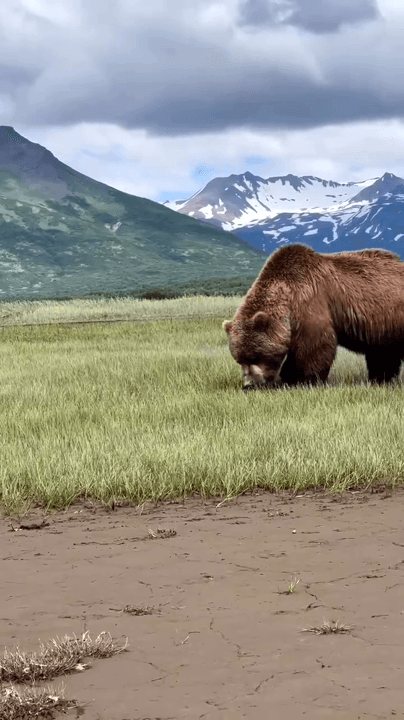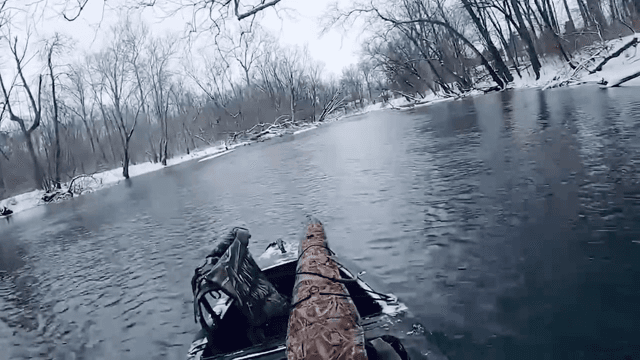
With the recent time change you may find yourself in the dark more, not to mention the sensation of always running late, but a little good for thought- Arctic Wolves like Kenai here can survive and even thrive in extreme wintery darkness for up to five months. They utilize the light from the moon and stars for hunting, and rely deeper on their instincts and keen senses. Another opportunity to be like a wolf! #wolf #arcticwolves #education #wildlifephotography #wildlife #belikeawolf🐺 #belikeawolf #timechange #fallback
Post: 9 November 09:52

































